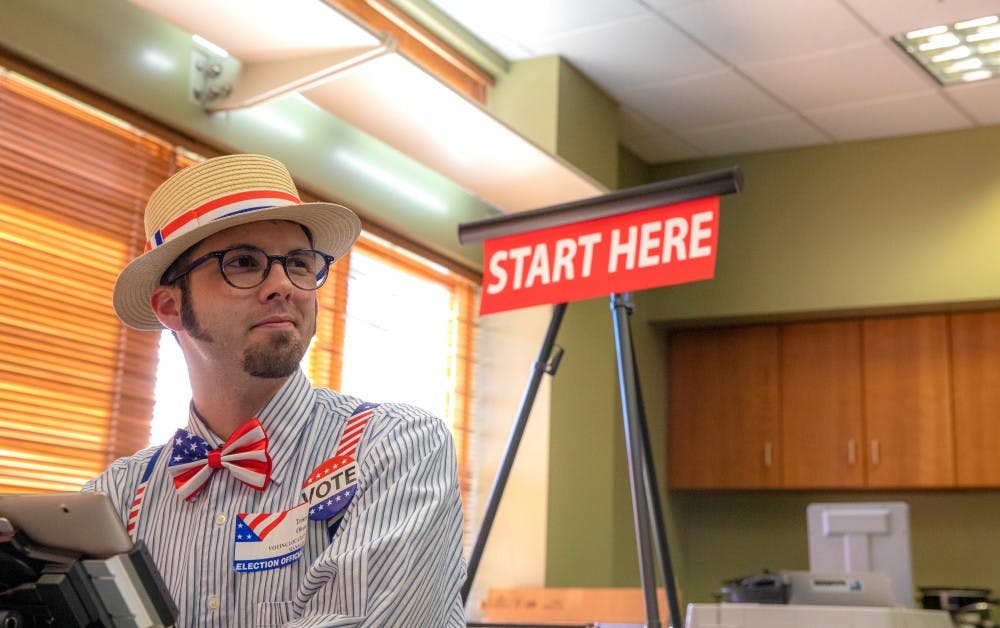In preparation for the 2018 midterm elections, student political groups on campus spent countless hours raising awareness about the political process and the issues on the ballot. These groups all had different reactions to the midterms’ outcome, but one thing stays the same between them: they aren’t letting the election results change the groups’ agendas.
Leading up to the midterms, groups such as the Ohio University College Democrats and the Ohio University College Republicans could be found endorsing and advocating for candidates of their respective parties.
“When we first arrived back on campus in mid-August, we registered as many students as possible,” OUCD President Bailey Williams said in an email. “After the voter registration deadline past in mid-October, we shifted into our Get Out The Vote effort. This consisted of a lot of door knocking and phone banking.”
Similarly, the College Republicans made over 300,000 phone calls between September and Election Day, OUCR President Melissa Pedulla said.
“We also posted on social media,” Pedulla said in an email. “We walked in numerous parades practically every weekend through the middle of October.”
Ohio University Students for Liberty, the bipartisan group, encourages students from all parts of the political spectrum to join. As a result, the group does not officially endorse any candidates or issues, Students for Liberty President Jacob Koval said.
OUCR and OUCD went more partisan with their endorsements.
“We supported local candidates Bill Johnson, Steve Stivers, Jill Thompson, and Jay Edwards among republicans running for state wide positions such as Kieth Faber and Frank LaRose,” Pedulla said in an email.
OUCD followed the endorsements of the Ohio Democratic Party when it came to candidates to support.
“As for the issues, we chose to endorse Issue 1 while the Ohio Democratic Party remained silent on the issue,” Williams said in an email.
Issue 1 would have emphasized treatment over prison time and aimed to lower the amount of people in state prisons.
Perspectives on the midterm election’s outcome varied between the three groups. OUCD found both pros and cons in the election, Williams said in an email.
“One positive to come out of it was Democrats took back control of the House of Representatives and did it by a wide margin,” Williams said in an email. “We also successfully defend Senator Sherrod Brown’s seat.”
The downside of the election was that Democrats in Ohio did not perform as well as OUCD would have liked, Williams said. OUCR was more optimistic about the election results.
“We were very pleased with the outcome of the election,” Pedulla said in an email. “We expected to the lose the House based off of historical midterm elections.”
Moving forward, all three groups agreed the groups’ futures would not be dictated by the election results.
“I believe that we will continue to raise awareness about the ways in which our current leaders and government are treating us unfairly and are not affording us the fundamental rights that we deserve as intrinsically valuable and sovereign individuals,” Koval said in an email.
Similarly, Williams said in an email accountability is important no matter what party is in power, and Pedulla said in an email OUCR plans for next semester are unwavering, but focus on highlighting the presence of conservatives on OU’s campus.
Ohio has been a Republican-controlled state since the 2010 midterms. For Williams, this means continuing to be an activist for the betterment of the state.
“Democrats have long had to be activists in Ohio, it is nothing new to us,” Williams said in an email. “We will continue to advocate for Democratic values because we know when the playing field is level, not only will Democrats be better off, the people of Ohio will be better off.”






